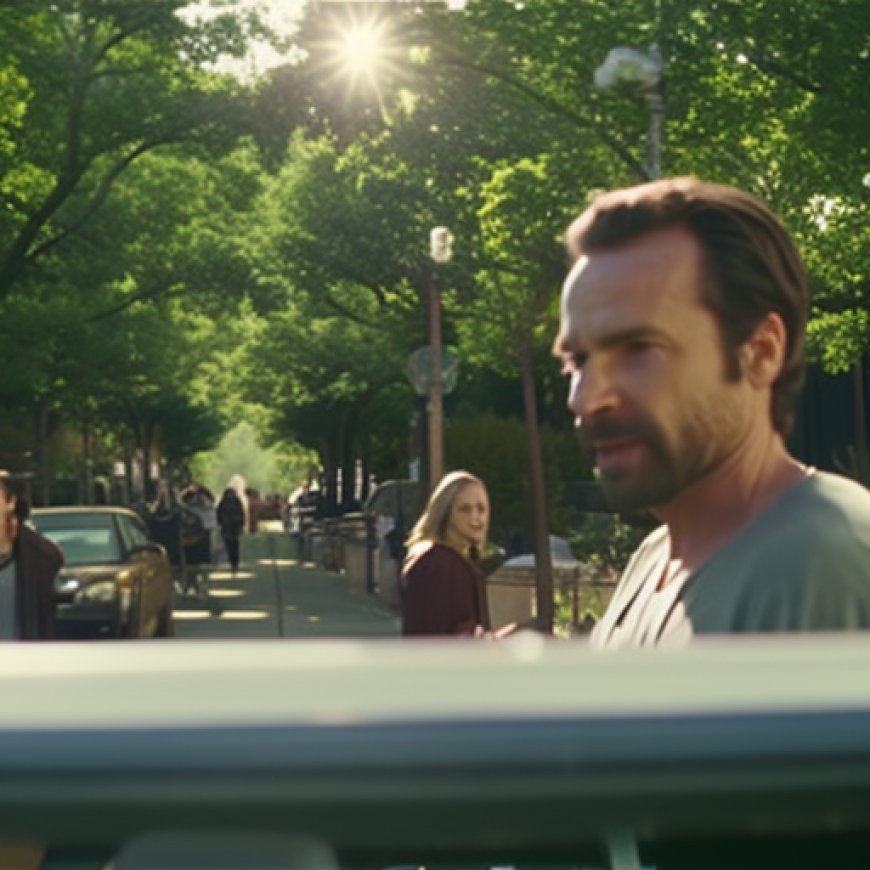Short-Term Rentals, Riparian Buffer, Housing/Zoning Top Planning Commission Goals


Traverse City Planning Commission Prioritizes Action Items to Achieve Sustainable Development Goals

Traverse City planning commissioners recently adopted a new master plan and convened this week to discuss the first action items they aim to address. The commission has placed significant emphasis on achieving the Sustainable Development Goals (SDGs) outlined in the city’s master plan. The top priorities identified by the planning commissioners include establishing a cap for short-term rentals in commercial districts, updating rules and boundaries for riparian buffer zones, and implementing zoning updates to promote affordable housing.
Short-Term Rentals in Commercial Districts
One of the key priorities identified by the planning commission is the potential establishment of a cap on short-term rentals (STRs) in commercial districts. Currently, Traverse City allows two types of STRs: tourist homes, which are hosted owner-occupied rentals, and vacation home rentals, which do not require owner occupancy. While tourist homes are permitted in residential districts, vacation home rentals have been proliferating in commercial and other city districts with varying restrictions. The planning commission is considering options such as capping STRs in districts without restrictions, tightening caps in districts that already have them, or implementing district-wide caps. The commission will review the issue as a whole board and expects a report on the current state of STRs before exploring changes.
Expanding Riparian Buffer Zones
Another priority identified by the planning commission is the expansion of the water’s edge riparian buffer zone throughout the entire city. An ad hoc committee is already working on updated riparian buffer rules, and the planning commission supports this effort. The proposed ordinance aims to create a protected zone on waterfront properties and includes measures such as establishing different regulatory zones, restricting impervious surfaces in buffer areas, promoting re-naturalization of shorelines, and preserving viewsheds. The objective is to protect the environment and enhance the sustainability of the city.
Zoning Updates for Affordable Housing
The planning commission also recognizes the importance of addressing affordable housing in Traverse City. They are considering various zoning updates to encourage the development of more affordable housing options. One potential approach is to offer a “density bonus” in certain zoning districts, allowing developers to build more density if a certain number of units are dedicated to income-restricted tenants. Additionally, the commission is exploring the development of a city housing policy to guide decision-making in this area.
Other Zoning Priorities
Several other zoning-related action items have been identified as priorities by the planning commission. These include rezoning specific areas to better reflect surrounding development patterns and create stronger connections to downtown, establishing a development zone to encourage vibrant development opportunities, and revisiting proposed rule changes to allow for more housing diversity and density. These actions aim to promote sustainable urban development and create a more inclusive and diverse community.
Promoting Sustainable Transportation
In addition to housing-related priorities, the planning commission is also considering action items to promote sustainable transportation. These include creating zoning standards to require parking areas for new commercial and multi-family developments to be electric vehicle (EV)-ready, evaluating current standards for drive-thrus and other auto-centric uses, and integrating EV infrastructure in the private site plan approval process. These measures align with the SDGs and contribute to reducing carbon emissions and promoting sustainable mobility.
The Traverse City planning commission is committed to achieving the SDGs outlined in the city’s master plan. By prioritizing these action items, the commission aims to create a more sustainable, inclusive, and resilient city for its residents and future generations.
Pictured: Short-term rentals in downtown Traverse City
SDGs, Targets, and Indicators in the Article
1. Which SDGs are addressed or connected to the issues highlighted in the article?
- SDG 11: Sustainable Cities and Communities
- SDG 15: Life on Land
- SDG 17: Partnerships for the Goals
2. What specific targets under those SDGs can be identified based on the article’s content?
- SDG 11.4: Strengthen efforts to protect and safeguard the world’s cultural and natural heritage
- SDG 15.1: By 2020, ensure the conservation, restoration and sustainable use of terrestrial and inland freshwater ecosystems and their services
- SDG 17.17: Encourage and promote effective public, public-private and civil society partnerships, building on the experience and resourcing strategies of partnerships
3. Are there any indicators mentioned or implied in the article that can be used to measure progress towards the identified targets?
- Number of short-term rentals in commercial districts
- Number of riparian buffer zones expanded
- Number of zoning updates for affordable housing
- Number of EV-ready parking areas in new developments
- Number of drive-thrus and auto-centric uses in appropriate zoning districts
- Integration of EV infrastructure in private site plan approval process
Table: SDGs, Targets, and Indicators
| SDGs | Targets | Indicators |
|---|---|---|
| SDG 11: Sustainable Cities and Communities | 11.4: Strengthen efforts to protect and safeguard the world’s cultural and natural heritage | Number of short-term rentals in commercial districts |
| SDG 15: Life on Land | 15.1: By 2020, ensure the conservation, restoration and sustainable use of terrestrial and inland freshwater ecosystems and their services | Number of riparian buffer zones expanded |
| 15.x: Other relevant targets related to land use and conservation | Number of invasive species removed/contained in buffer areas | |
| SDG 17: Partnerships for the Goals | 17.17: Encourage and promote effective public, public-private and civil society partnerships, building on the experience and resourcing strategies of partnerships | Number of partnerships formed to address housing and zoning issues |
Source: traverseticker.com








